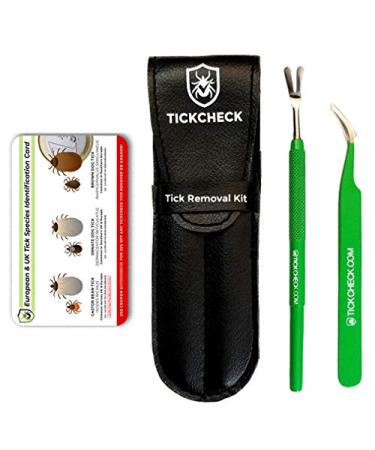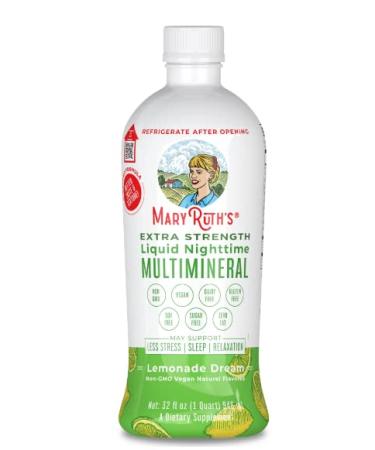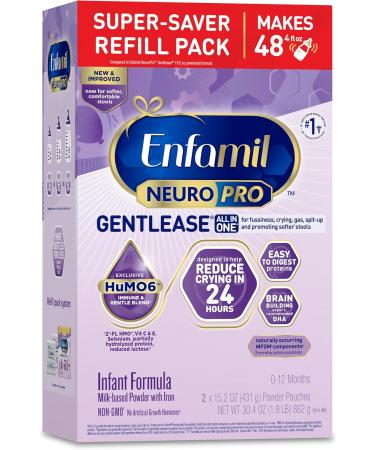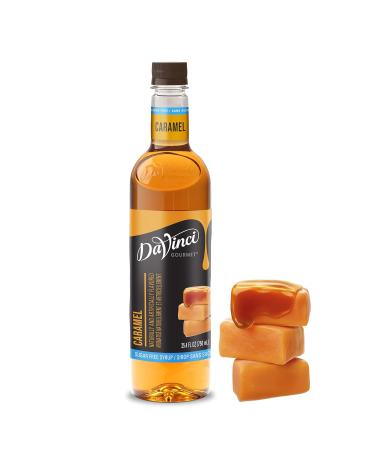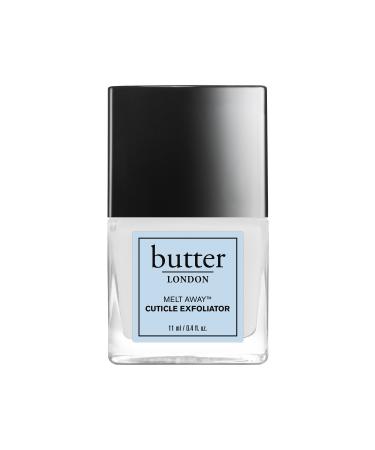Top Similar Products
Regular Price: US$50.00
Special Price US$34.99
Clearance Room!
Regular Price: US$41.99
Special Price US$34.99
Regular Price: US$120.00
Special Price US$54.00
Demeter Giant Sequoia by Demeter Cologne Spray (Unisex) 4 oz for Women
Regular Price: US$75.00
Special Price US$34.00
DaVinci Gourmet Sugar Free - Caramel Syrup - 25.4 Fl Oz
Regular Price: US$40.00
Special Price US$6.99
Regular Price: US$67.59
Special Price US$16.99
Regular Price: US$139.99
Special Price US$54.00
Regular Price: US$60.00
Special Price US$24.00
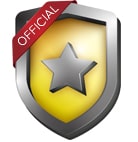
GRAND SELECTION
Think of it and most probably we have it among our grand selection of products!
AMAZING PRICES
Get ready for the amazing and best Supps prices ever!
FIXED RATE DELIVERY
Get your order anywhere on this planet within 5-10 days with a fixed rate of $19.99 (no matter the size of your order)


